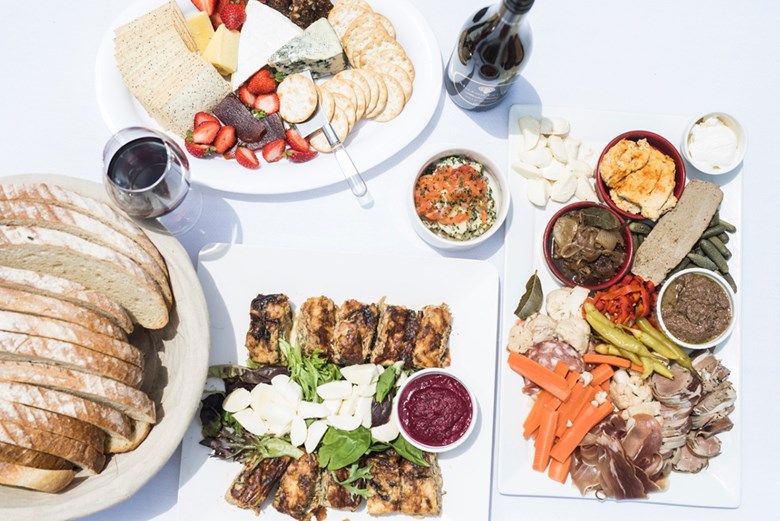
We got chatting with Jessica McLeish from McLeish Estate Wines to talk all things wine tasting and food pairing.
Q. Tell me about yourself, your role within McLeish Estate and your role across the wine industry?
I was born into the industry and could not imagine working anywhere else. I have been an active participant in the family-owned winery and industry. Completing a Masters of Wine Business at the University of Adelaide, progressing in the Australian Wine Show judging circuit and sitting on committees for the Hunter Valley Wine & Tourism Association.
My role as Owner / Operations Manager is quite diverse, from working with the vineyard to the winery and lots of talking and travelling with trade.
I have been meticulous in innovative management, to see not only new life breathed into the awarded single vineyard, but also a focus to maintain the integrity and direction of this significant vineyard.
Q. What is your personal favourite of the McLeish wines?
The McLeish Semillon range continues to be a personal favourite. I fall in love with the varietal all over again when the vertical tasting is poured out at our cellar door. A vertical tasting is where you taste the same single vineyard from a range of vintages.
When I see the guests experience this for the first time it reminds me of how special the McLeish Semillon is, as you can enjoy it zesty and youthful or cellar it for up to 15 years to gain bottle age characters of toasty, lanolin and cream.
Q. How does one taste and evaluate a wine effectively? What should we look, taste and smell for?
Sight, sniff, swirl, sniff and taste! When assessing the quality of a wine the appearance is the first step, you should look for clarity (ensuring the wine is not cloudy or has any impediments). The appearance will also tell you a lot more about the wine the age and the winemaking. For instance, white wines become darker as they age were as red wines will develop an amber/bronze hue with bottle age.
The scent of the wine will give you a good indication of what you are about to taste. Through the aromatics, the characteristics of the varietal and winemaking technique should be made apparent. You will find that by swirling the wine in the glass will allow for more oxygen to open up the flavours.
Then the all-important taste. Depending on the varietal and winemaking different flavours will be apparent from the first sip. You should always look for the fruit first, as this is where the quality lies. Too much oak can detract from the fruit. On the palate you want to see the harmony of flavours and balance of fruit, alcohol and oak.
Q. What kind of questions should people ask whilst at a wine tasting?
A wine tasting is the ideal setting to interact and learn more about the winemaking process. Wine tasting is social and allows for [an] entertaining and educational experience.
Great questions to ask would be questions about the winery – the story is often interesting and will give you a feeling of the producer’s passion
Questions about the vineyard location and vineyard practices, as specific wine regions will only grow specific varietals to suit their site and location.
The winemaking process will impart specific characteristics into the wine, so you may like to ask about the wine; as you are tasting you may be able to notice these characteristics.
At the conclusion of the tasting the wines you enjoyed you should ask the presenter questions regarding food pairings, as most wine is consumed in a social setting with food and friends!

https://www.hunterhunter.com.au/hunter-valley/wine/meet-jessica-mcleish/


